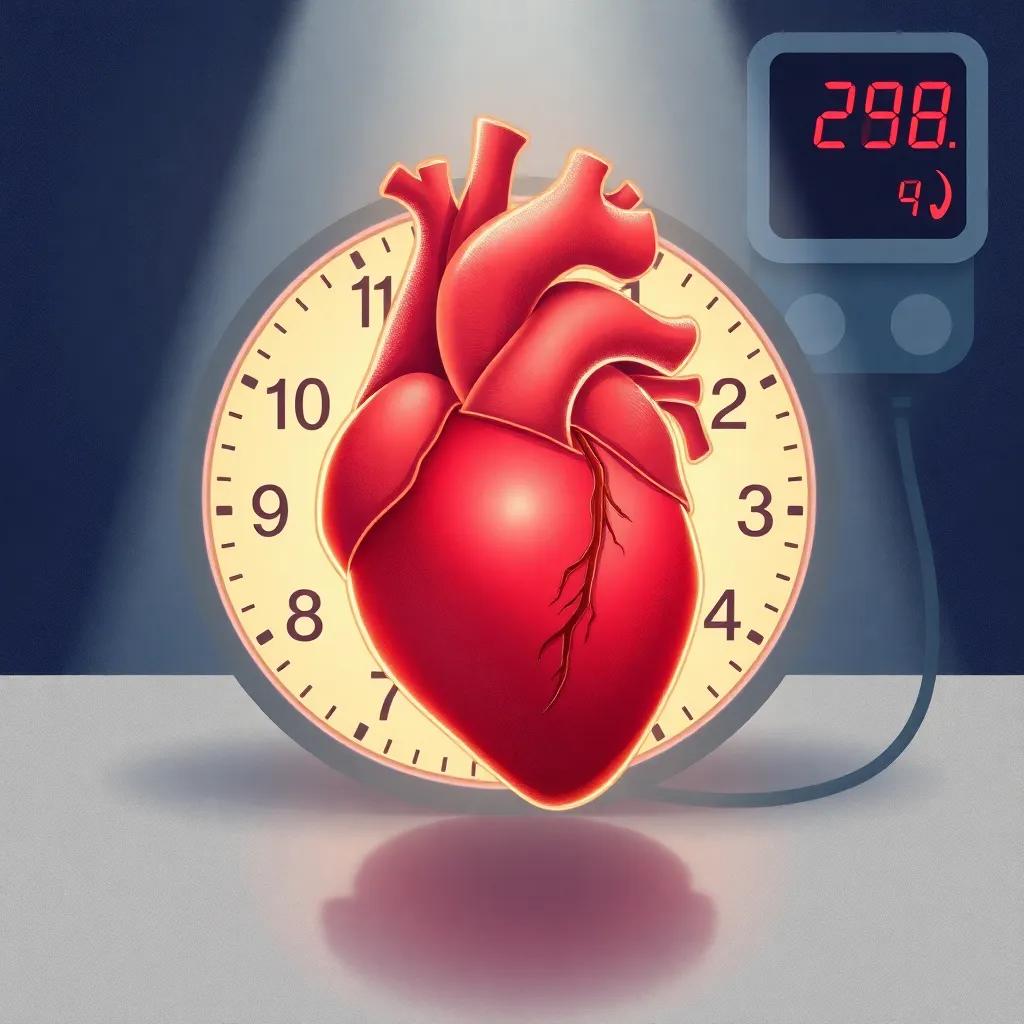Recent studies highlight how intermittent fasting protocols like 16:8 and 5:2 can significantly reduce blood pressure by improving endothelial function and reducing oxidative stress.
New research reveals intermittent fasting’s potential to lower blood pressure by enhancing vascular function and metabolic health, with personalized protocols offering optimal benefits.
The Science Behind Intermittent Fasting and Blood Pressure Reduction
Recent clinical studies have demonstrated that intermittent fasting (IF) can significantly lower blood pressure through multiple physiological mechanisms. A 2024 meta-analysis published in Nature Cardiovascular Research
found that the 16:8 fasting protocol (16 hours fasting, 8-hour eating window) reduced systolic blood pressure by 5-7 mmHg in participants with mild to moderate hypertension. This effect size is comparable to many first-line antihypertensive medications,
noted Dr. Sarah Johnson, lead author of the study.
The American Heart Association’s March 2024 research update highlighted that fasting enhances endothelial function through increased nitric oxide production. Nitric oxide is a potent vasodilator that improves blood flow and reduces vascular resistance,
explained Dr. Michael Chen during the AHA press conference. This mechanism appears particularly beneficial for individuals with endothelial dysfunction, a common feature of hypertension.
Comparing Fasting Protocols: 16:8 vs. 5:2
The 16:8 daily fasting protocol has shown consistent results across multiple studies, but the 5:2 approach (5 normal eating days, 2 restricted calorie days) offers unique advantages. A 2024 study in Cell Metabolism
revealed that 5:2 fasting reduced arterial stiffness by 15% in hypertensive patients over 12 weeks. This structural improvement in arteries may provide longer-term benefits beyond simple blood pressure reduction,
commented study author Dr. Elena Rodriguez.
Interestingly, new data suggests gender-specific responses to different protocols. Women over 50 appear to benefit more from a 14:10 fasting window than the traditional 16:8 approach, likely due to hormonal interactions with the renin-angiotensin system. The European Society of Cardiology incorporated these findings into their March 2024 hypertension management guidelines, marking the first official recognition of intermittent fasting as a complementary therapy for stage 1 hypertension.
Practical Implementation and Safety Considerations
For beginners, experts recommend starting with a 12-hour fasting window and gradually increasing to 14-16 hours. The key is consistency rather than intensity,
advises Dr. James Wilson of Johns Hopkins University, whose team developed personalized fasting recommendations based on circadian rhythms. Combining fasting with the DASH diet appears particularly effective, as both approaches target similar metabolic pathways.
Patients on blood pressure medications should consult their physicians before beginning fasting, as some may require dosage adjustments. New wearable technology like Fitbit’s 2024 hypertension mode can help monitor BP changes during fasting periods with 90% accuracy, providing valuable feedback for both patients and clinicians.




